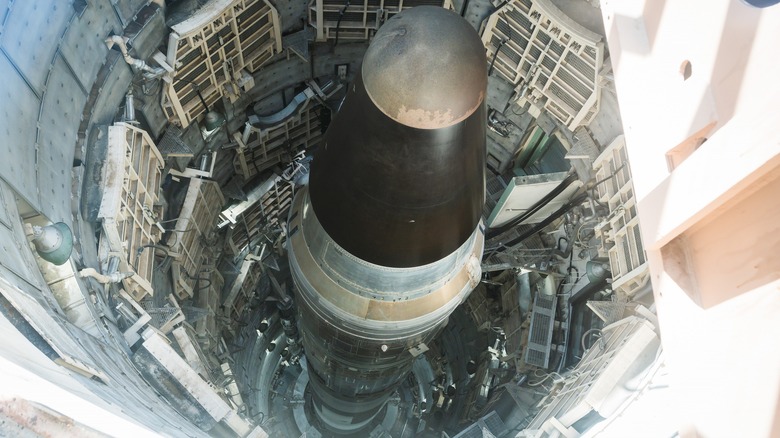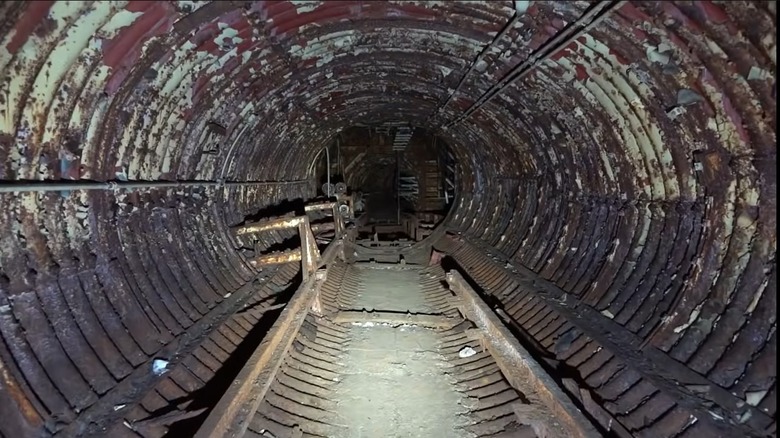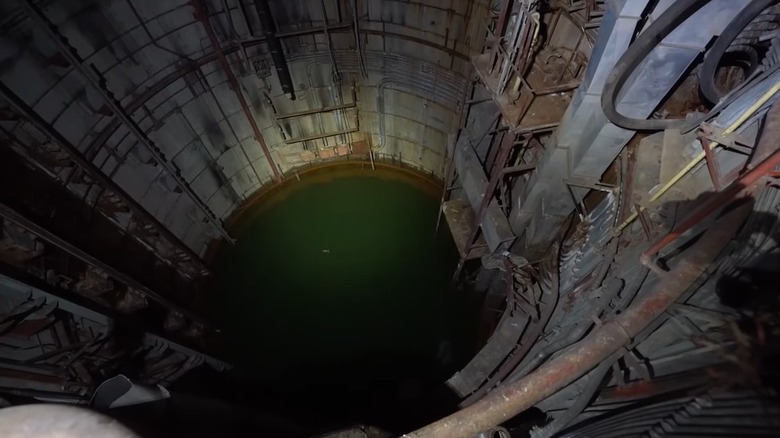Why Does Colorado Host Abandoned Nuclear Silos? (And What Happened To Missiles Within Them?)
The Titan I — or the Martin Marietta SM-68A/HGM-25A Titan I — was the first multi-stage intercontinental ballistic missile deployed by the US, entering service in 1962. It was also the first American ICBM to use underground silos However, as far as weapons and launch technologies go, the Titan I story is a short one. The Titan I suffered from "version one problems" — the pre-launch fueling and missile readiness were slow, the primitive guidance system meant missiles had to be placed in groups of three, leaving them vulnerable to attack, and the missiles had to be lifted from the silo before launch. The drawbacks were so severe that the Titan I had been replaced with the Titan II by 1965 — one of the longest-range missiles ever produced.
Titan I silos were situated in various states, including Idaho, South Dakota, California, Washington State, and Colorado. Each site consisted of three missile silos, a powerhouse, a command bunker, and fuel & equipment terminals. In the end, the Titan I was a short-lived, transitional missile, but its brief existence explains why Colorado still has abandoned nuclear silos scattered across its landscape, although the USAF still retains active ICBM silos. The state has six former Titan 1 sites in public and private ownership, and many remain sealed, hazardous, or under environmental monitoring. As for the missiles themselves, they were deactivated following retirement, but at least one survives and can be visited in the USAF Museum in Dayton, Ohio.
Buried threats: The lingering dangers of Colorado's missile sites
In their heyday, the ICBM weaponry housed in Colorado's Titan I silos could have wreaked havoc on a global scale. However, while they no longer pose such a dire threat, danger still lurks in the abandoned silos. Colorado's six Titan 1 silos comprised a total of 18 launch tubes, and one of the primary concerns facing the state is the environmental impact of some of the sites. While there is no evidence of radioactive contamination from the warheads, there are a number of environmental issues still lingering. These include the chemical contamination of soil, groundwater contamination, and elevated levels of metals, including cadmium and zinc.
Another danger is that of curiosity. There have been two recently recorded instances where individuals have had to be rescued from Colorado's Titan I silos. As reported on the Colorado Public Radio website, the online availability of schematics for the silos is drawing adventurous trespassers to the sites. The article notes a recent case where a teenage boy was rescued from a silo, the second such incident within a year. Contamination issues aside, these are incredibly dangerous places, and while curiosity is often a noble virtue, taking it too far can land you in serious trouble. For those simply curious about what these sites look like inside, one YouTuber has documented the interior of a Colorado silo – offering a rare, if unsettling, glimpse without the risk.
What Happened to the Titan I missiles?
The Titan I might not have been America's most successful missile, but the lessons learned from it were invaluable when developing the Titan II — a missile that stayed in service from 1963 until it was retired in 1987. But just what happened to the Titan I missiles when they were retired? While their operational life was short, there were a total of 163 Titan I missiles built — which still represented a lot of warheads. The fate of most of the missiles is unknown, with salvage teams deactivating the equipment and removing high-value materials from the silos when they were decommissioned.
The complexes in Idaho, South Dakota, California, and Washington each followed the same design blueprint of clustered launch sites. Though decommissioned decades ago, many of these locations still bear the physical and environmental legacy of the Cold War. The Titan I may not have hung around for long, but their launch silos stand as a monument to an age where global annihilation was a very real possibility.


